- Lily Flower Species and Varieties
- Lily Flower Care Tips
- 1. Choosing the Right Location
- 2. Soil Preparation
- 3. Planting
- 4. Watering
- 5. Mulching
- 6. Fertilizing
- 7. Deadheading
- 8. Supporting Tall Varieties
- 9. Protecting from Pests and Diseases
- Lily Flower Symbolism and Meaning
- Purity and Innocence
- Love and Romance
- Femininity and Motherhood
- Spirituality and Transcendence
- Death and Mourning
- Summary
- Choosing the Right Lily Flower for Your Garden
- 1. Consider the Growing Conditions
- 2. Choose the Right Size
- 3. Select Your Preferred Color
- 4. Think About Bloom Time
- 5. Take Note of Fragrance
- Lily Flower Arrangements and Bouquets
- Types of Lily Arrangements
- Tips for Arranging Lilies
- Lily Symbolism in Arrangements
- Lily Flower in Art and Literature
- Symbolism in Art
- Lily in Literature
- Conclusion
- Fun Facts About Lily Flower
- Questions and Answers:
- What are the different species of lily flowers?
- How do I take care of a lily plant?
- Are there any special meanings associated with lilies?
- Can lilies be grown indoors?
- How long do lily flowers typically bloom?
- Can lilies be grown from seeds?
- Videos: Ultimate SPATHIPHYLLUM (Peace Lily) CARE Guide — Ep 205
The lily flower is one of the most beautiful and popular flowers in the world. Its elegant and vibrant blooms make it a favorite choice for bouquets, gardens, and floral arrangements. This article will provide you with all the essential information about the lily flower, including its different species, care tips, and symbolism.
The lily flower belongs to the genus Lilium and is native to the temperate regions of the Northern Hemisphere. It has a long history and is highly valued in various cultures and religions. The flower’s name is derived from the Greek word “līlion,” which means “whiteness” or “purity.”
There are many different species of lilies, each with its distinct characteristics and beauty. Some of the most popular species include the Easter Lily, the Tiger Lily, the Calla Lily, and the Stargazer Lily. Each species has its unique color, shape, and fragrance, making it a versatile choice for different occasions and settings.
Caring for lilies is relatively easy, but they do require some specific conditions to thrive. They prefer well-drained soil and should be planted in a sunny location. Regular watering is essential, especially during the growing season. It’s also important to remove any dead flowers and foliage to prevent diseases and encourage new growth. Additionally, lilies can be susceptible to various pests and diseases, so regular monitoring and treatment are recommended.
The lily flower is also rich in symbolism and has different meanings in different cultures. In ancient Greek mythology, it was associated with the goddess Hera and symbolized purity and innocence. In Christian art, the lily is often depicted in connection with the Virgin Mary and represents her purity and divine grace. In some Asian cultures, lilies are seen as a symbol of abundance and prosperity.
Whether you’re a flower enthusiast, a gardener, or someone looking for a meaningful gift, the lily flower is a perfect choice. Its beauty, versatility, and symbolism make it a timeless and cherished addition to any floral arrangement or garden.
Lily Flower Species and Varieties
Lilies are a diverse group of flowering plants that belong to the genus Lilium. There are over 100 species of lilies, each with its unique characteristics, colors, and fragrances. Here are some popular Lily flower species and varieties:
- Asiatic Lilies: These lilies are known for their vibrant colors and hardiness. They come in a wide range of shades, including yellow, orange, red, pink, and white.
- Oriental Lilies: Oriental lilies are known for their large size and strong fragrance. They usually bloom in late summer and come in shades of white, pink, and deep burgundy.
- Trumpet Lilies: Trumpet lilies are characterized by their trumpet-shaped flowers and strong fragrance. They usually have large, upward-facing flowers and come in colors like white, yellow, and pink.
- Calla Lilies: Calla lilies are distinct with their elegant, trumpet-shaped flowers and long, broad leaves. They come in various shades of white, yellow, pink, and orange.
- Peace Lilies: Peace lilies are popular indoor plants known for their lush foliage and white flowers. They are relatively easy to care for and can thrive in low-light conditions.
These are just a few examples of Lily flower species and varieties. Whether you prefer the vibrant Asiatic lilies, the fragrant Oriental lilies, or the elegant Calla lilies, there is a Lily flower to suit every taste and gardening preference.
Lily Flower Care Tips
1. Choosing the Right Location
Lilies require a sunny location to thrive. Choose a spot that receives at least 6 hours of direct sunlight per day.
2. Soil Preparation
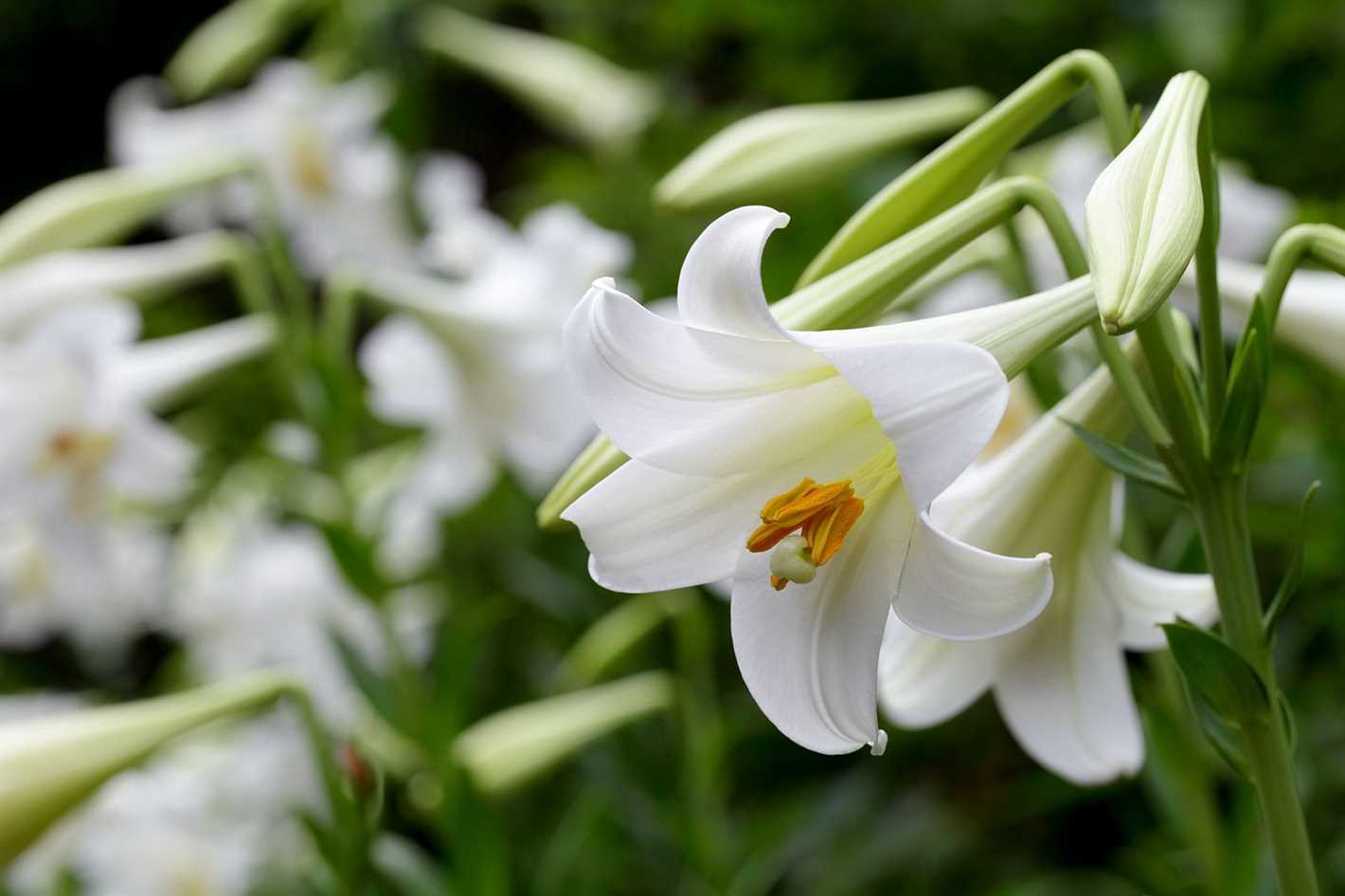
Prepare the soil before planting lilies by adding organic matter, such as compost or well-rotted manure. This will improve drainage and provide nutrients for the plants.
3. Planting
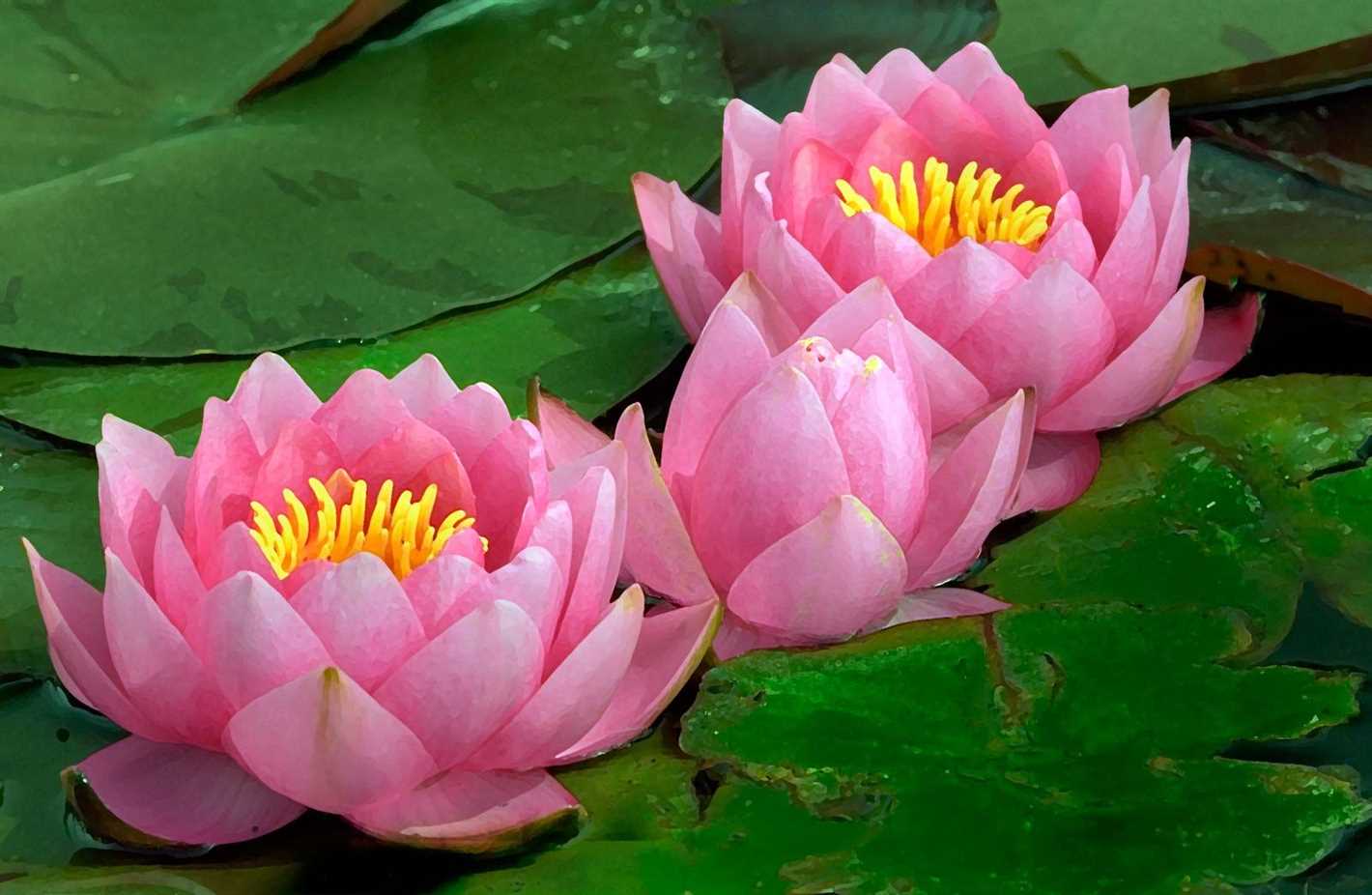
Plant lily bulbs in spring or fall, depending on the species. Dig a hole deep enough to accommodate the bulb and place it in the hole, pointed end up. Cover with soil and gently press down. Space the bulbs according to the recommended spacing for the specific variety.
4. Watering
Lilies need regular watering, especially during dry periods. Keep the soil moist but not waterlogged. Water deeply, ensuring that the water reaches the roots.
5. Mulching
Apply a layer of organic mulch, such as straw or shredded bark, around the base of the lilies. This will help to conserve moisture, suppress weeds, and regulate soil temperature.
6. Fertilizing
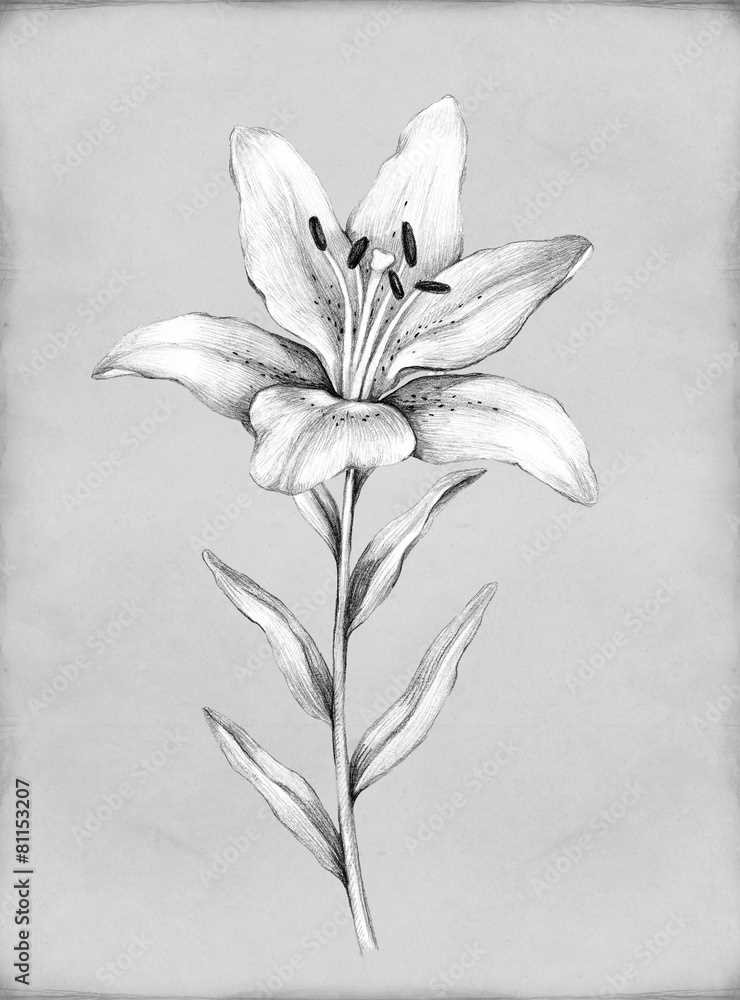
Fertilize lilies with a balanced fertilizer that is high in phosphorus, such as a 10-10-10 or 5-10-10 formula. Apply the fertilizer according to the package instructions, usually in early spring and again after the flowers have finished blooming.
7. Deadheading
Remove faded flowers by cutting them off just above a leaf or bud. This will prevent the plant from wasting energy on producing seeds and encourage more blooms.
8. Supporting Tall Varieties
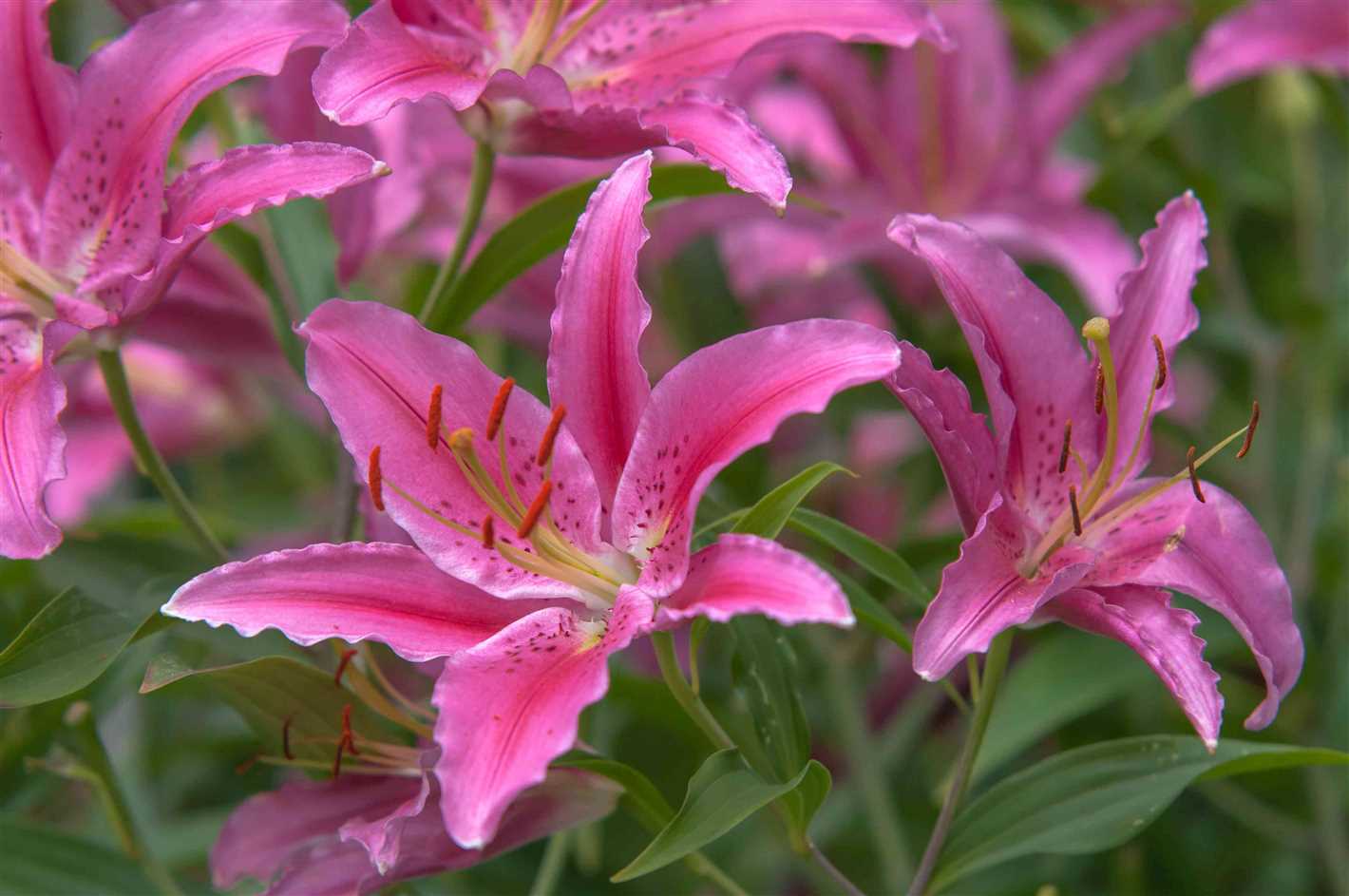
If you are growing tall lily varieties, provide support such as stakes or cages to prevent them from toppling over in strong winds or heavy rain.
9. Protecting from Pests and Diseases
Monitor your lilies for pests such as aphids, snails, and slugs. Use organic pest control methods or appropriate insecticides if necessary. Avoid overwatering and provide good air circulation to prevent diseases such as botrytis or lily leaf blight.
By following these care tips, you can enjoy the beauty of lilies in your garden and ensure their healthy growth and abundant blooms.
Lily Flower Symbolism and Meaning
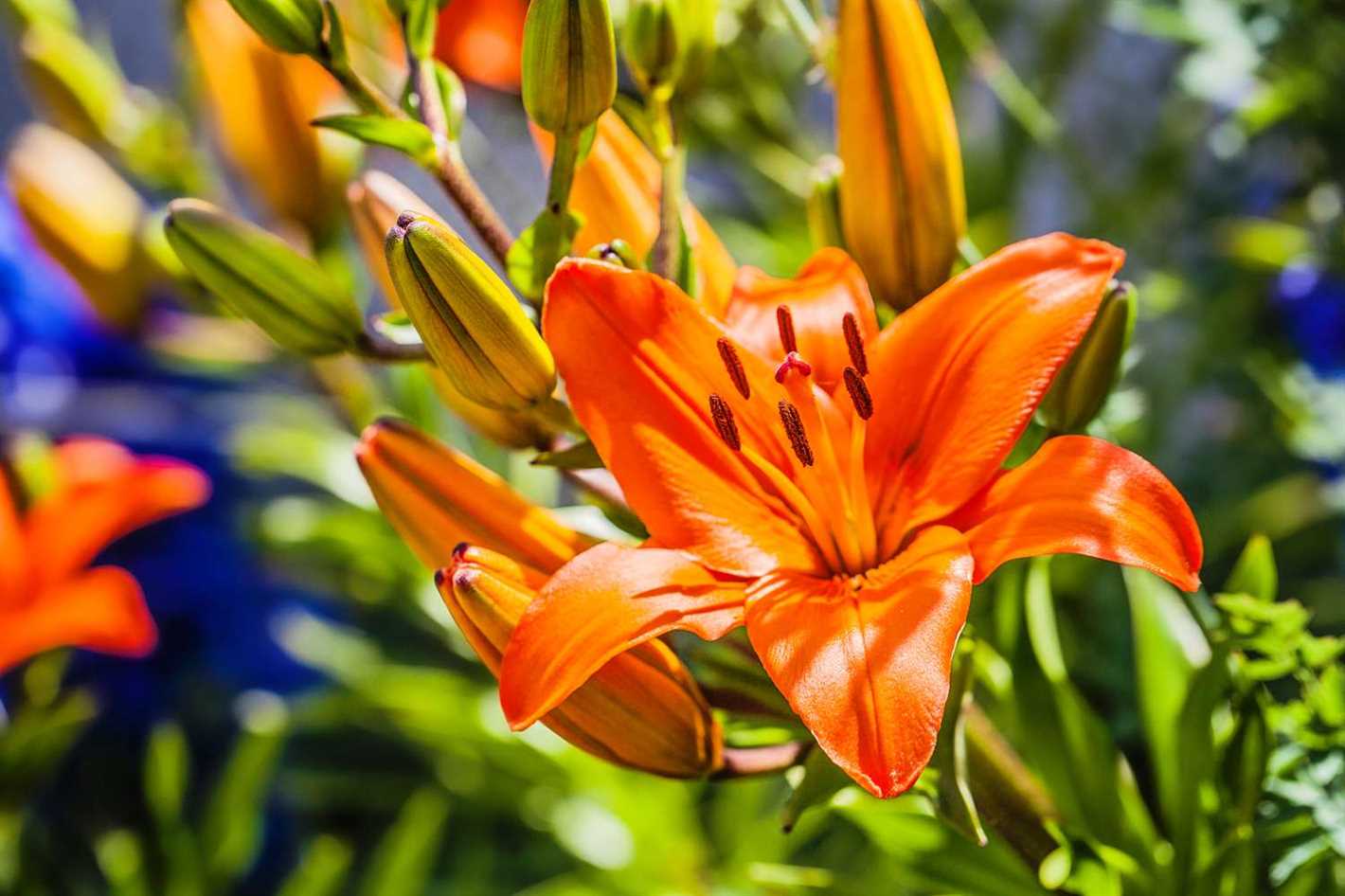
Lily flowers have been revered for centuries for their rich symbolism and meanings. Here are some of the most common symbolic representations associated with lilies:
Purity and Innocence
Lilies are often associated with purity and innocence. The pristine white color of many lily species symbolizes purity and the idea of being untouched by impurities. Because of this symbolism, lilies are often a popular choice for weddings and other ceremonies symbolizing purity and new beginnings.
Love and Romance
Lilies are also associated with love and romance. In Greek mythology, lilies are believed to have originated from the milk of Hera, the goddess of marriage. This connection with marriage and love has made lilies a popular choice for wedding bouquets and romantic gestures.
Femininity and Motherhood
Lilies are often associated with femininity and motherhood. The graceful and elegant appearance of lilies is often seen as a representation of the feminine spirit. In many cultures, lilies are also associated with motherhood and are often given as gifts to celebrate Mother’s Day or to expectant mothers.
Spirituality and Transcendence
Due to their association with purity and beauty, lilies are often seen as symbols of spirituality and transcendence. In Christianity, lilies are often associated with the Virgin Mary and are considered symbols of her purity and divine grace. In some Eastern cultures, lilies are believed to represent enlightenment and spiritual growth.
Death and Mourning
Lilies are also associated with death and mourning in some cultures. In Christian symbolism, the white lily is often associated with the Virgin Mary and is sometimes used as a symbol of her sorrow at the crucifixion of Jesus. In funerals, white lilies are often used to represent the soul of the departed and to symbolize the hope of resurrection.
Summary
Lily flowers carry a wide range of symbolic meanings, including purity, love, femininity, spirituality, and death. Their elegant beauty and rich cultural significance make them a popular choice for various occasions and ceremonies.
Choosing the Right Lily Flower for Your Garden
When it comes to choosing the right lily flower for your garden, there are several factors to consider. From the color and size to the fragrance and bloom time, each lily species has its own unique characteristics. Here are some tips to help you make the best decision for your garden:
1. Consider the Growing Conditions
Lilies thrive in different growing conditions, so it’s important to choose a species that will do well in your specific climate and soil type. Some lilies prefer full sun, while others can tolerate partial shade. Make sure to also consider the moisture level and drainage of your garden before making a selection.
2. Choose the Right Size
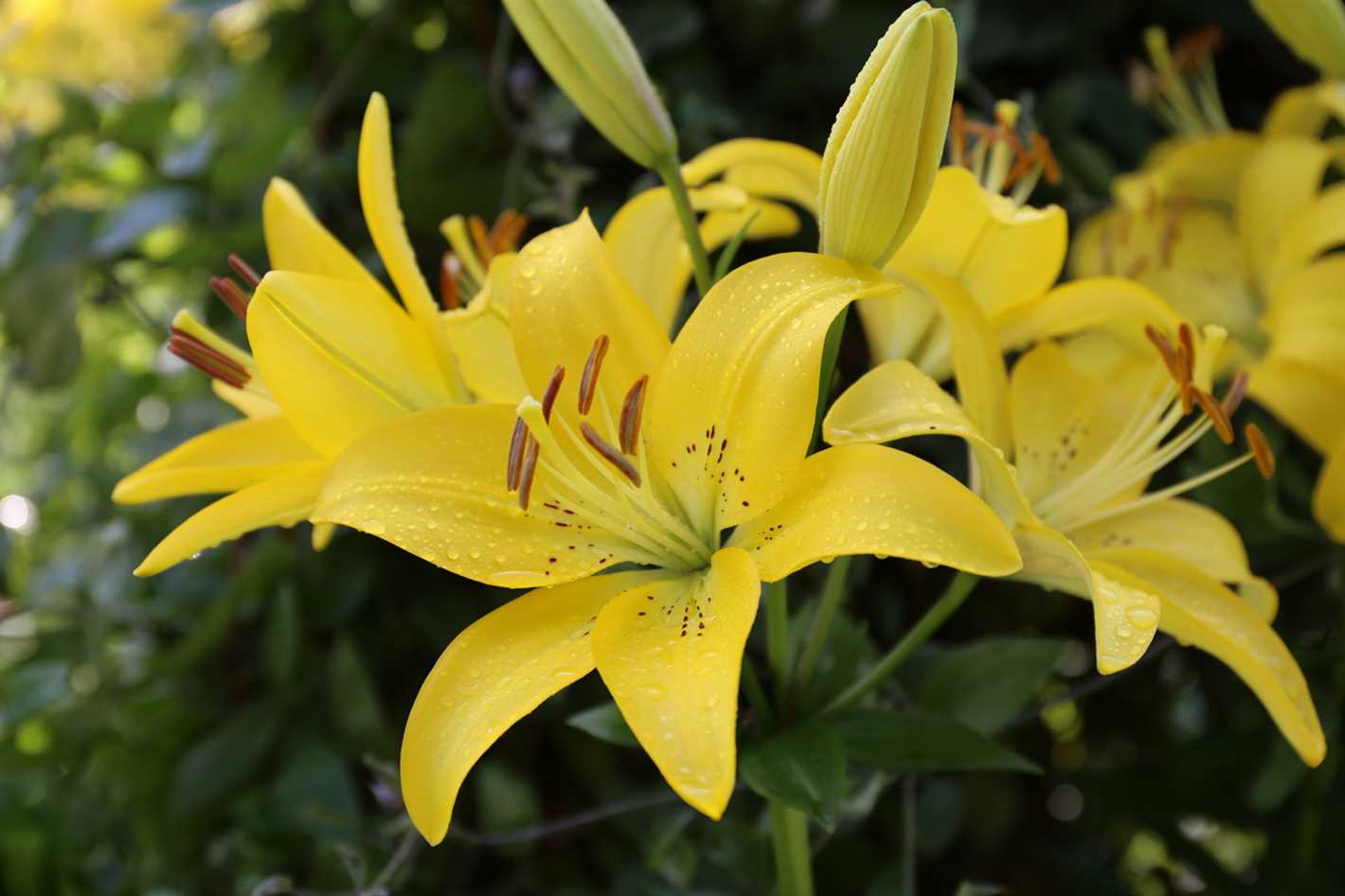
Lilies come in various sizes, ranging from dwarf species that grow less than a foot tall to towering stalks that can reach several feet in height. Consider the scale of your garden and choose lilies that will complement the other plants and structures in the space.
3. Select Your Preferred Color
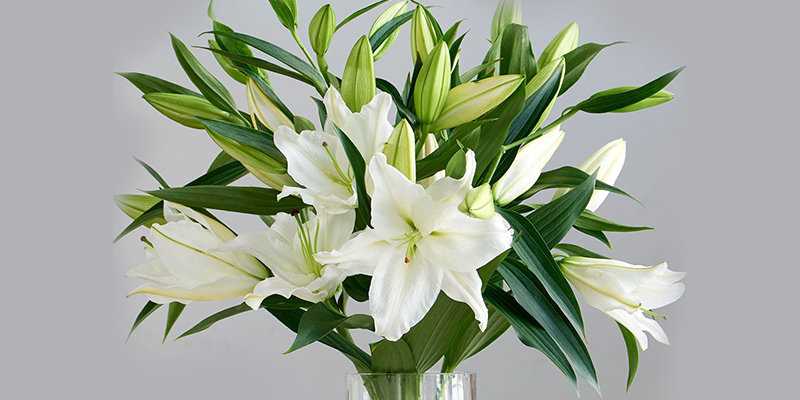
One of the most enticing aspects of lilies is their wide range of vibrant colors. From pure white and soft pink to fiery red and sunny yellow, there is a lily color for every garden. Consider the color scheme of your garden and choose lilies that will create a harmonious and visually appealing display.
4. Think About Bloom Time
Some lily species bloom early in the spring, while others wait until mid-summer or even fall. Consider the desired bloom time for your garden and choose lilies accordingly. You can also choose a mix of early, mid, and late-blooming varieties to ensure a continuous display of beautiful flowers throughout the season.
5. Take Note of Fragrance
Many lilies have a lovely fragrance that can add an extra sensory delight to your garden. If you enjoy the scent of flowers, choose lily species known for their enchanting fragrance. Place these scented lilies near seating areas or entrances to fully enjoy their delightful aroma.
By considering these factors and doing some research, you can choose the right lily flower species that will thrive and beautify your garden. Whether you prefer bold and showy blooms or delicate and fragrant flowers, there is a lily out there that will fulfill your garden dreams.
Lily Flower Arrangements and Bouquets
Lilies are beautiful flowers that can be used to create stunning arrangements and bouquets. Whether you are looking to create a simple centerpiece or an extravagant floral display, lilies can be a perfect choice.
Types of Lily Arrangements
There are various types of lily arrangements that you can create, depending on the occasion and your personal preferences. Here are a few popular options:
- Single Lily Stem: A single stem of lily can make a simple yet elegant arrangement. Place it in a tall and slender vase to showcase the beauty of the flower.
- Lily Bouquet: A bouquet made entirely of lilies can create a stunning impact. You can choose to use a single color or mix different colors for a vibrant display.
- Mixed Flower Arrangement: Lilies can be combined with other flowers to create a gorgeous mixed flower arrangement. Roses, tulips, and daisies are popular choices for pairing with lilies.
- Lily Centerpiece: A lily centerpiece can be the focal point of any table setting. Place lilies in a low bowl or a decorative vase surrounded by smaller flowers or greenery.
Tips for Arranging Lilies
Here are some tips to keep in mind while arranging lilies:
- Freshness: Choose fresh lilies with unopened buds. They will last longer and continue to bloom after being arranged.
- Cutting: Trim the ends of the lily stems at an angle before arranging them. This will help them absorb water and prolong their freshness.
- Water: Place the lilies in clean water mixed with flower food. Change the water every few days to keep the arrangement fresh.
- Temperature: Avoid placing lilies in direct sunlight or near heat sources. They prefer cool environments to stay fresh for a longer time.
- Spacing: Give enough space between the lilies while arranging them to allow each flower to be showcased and prevent overcrowding.
Lily Symbolism in Arrangements
Lilies have various symbolic meanings, and including them in your arrangements can add a special touch.
| Color | Symbolism |
|---|---|
| White | Purity, innocence, and devotion |
| Pink | Femininity, love, and admiration |
| Yellow | Happiness, joy, and good health |
| Orange | Passion, confidence, and energy |
| Purple | Royalty, spirituality, and accomplishment |
Consider the symbolism of lilies and choose the colors accordingly to convey your emotions or wishes through your floral arrangements.
Lily Flower in Art and Literature
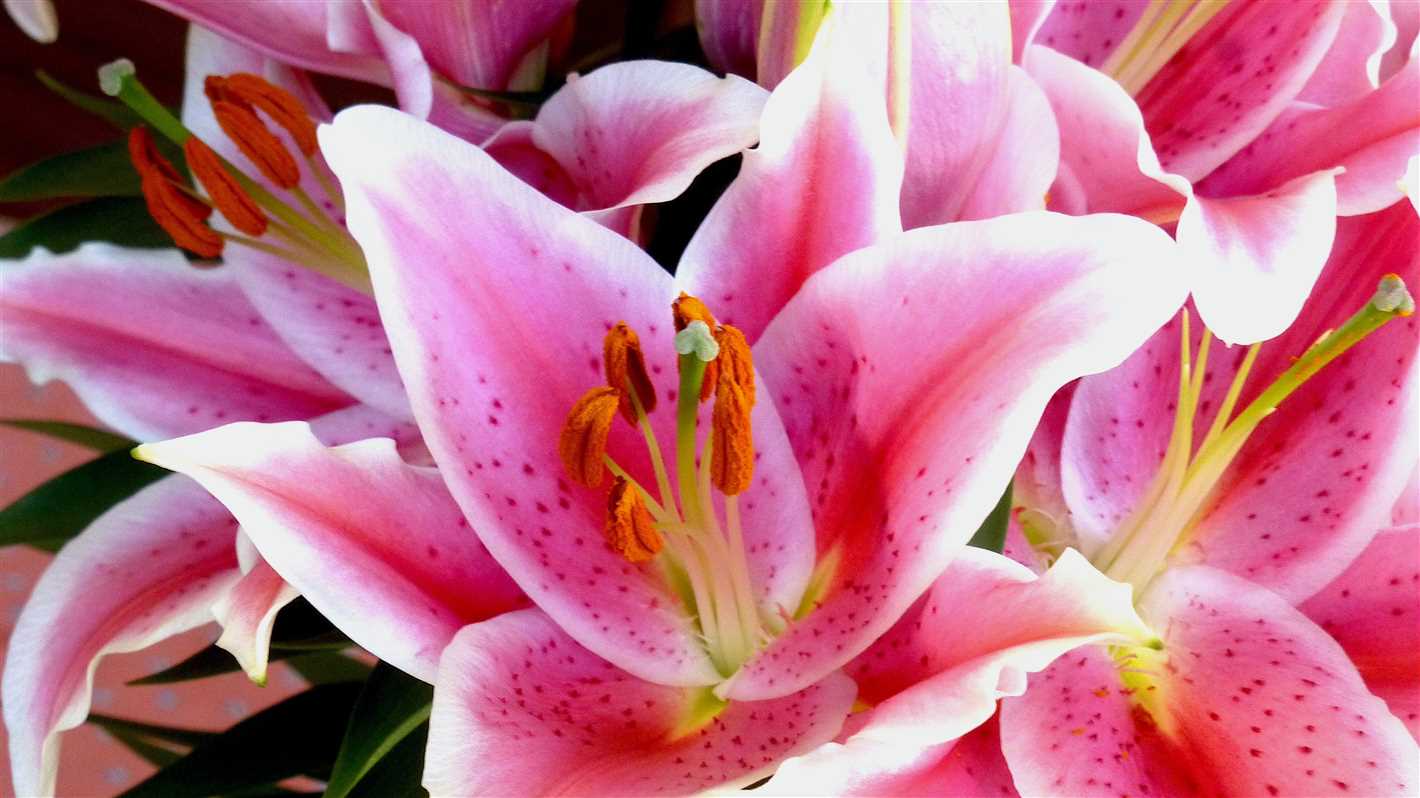
Lily flowers have been a prominent symbol in art and literature throughout history. These elegant and beautiful flowers have inspired artists, writers, and poets around the world.
Symbolism in Art
In art, lily flowers are often associated with purity, beauty, and spirituality. They are commonly depicted in religious paintings, symbolizing the Virgin Mary or the purity of the soul. The lily’s graceful form and vibrant colors make it a favorite subject for artists who want to capture its ethereal beauty.
Lily flowers are also a classic motif in still life paintings. They are often used to represent the transient nature of life and the passage of time. In these paintings, lilies may be depicted in various stages of bloom, showing the different phases of life.
Lily in Literature
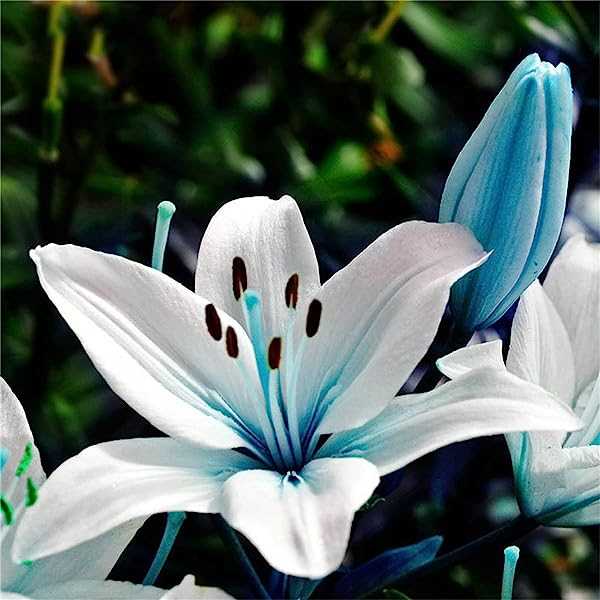
Lily flowers have appeared in literature for centuries, carrying multiple meanings and symbolism. In many cultures, lilies are associated with love, purity, and rebirth.
One of the most famous examples of lilies in literature is the novel “The Great Gatsby” by F. Scott Fitzgerald. In the story, the character Daisy Buchanan is often associated with lilies, symbolizing her beauty and allure. The lily represents Daisy’s charm but also her fragile and delicate nature.
Lilies are also mentioned in the works of William Shakespeare. In his play “Hamlet,” Ophelia distributes flowers to the characters, each with its own symbolic meaning. The lily represents purity and innocence, highlighting Ophelia’s virtuous nature.
Conclusion
The lily flower has played a significant role in art and literature, representing various themes such as purity, beauty, spirituality, and the passage of time. Its elegant form and symbolic meanings have captivated artists and writers throughout history, making it a beloved subject in creative works.
Fun Facts About Lily Flower
- The lily flower belongs to the genus Lilium and is native to the northern hemisphere.
- Lilies are one of the oldest known flowers in the world, with fossils dating back 36 million years.
- There are over 100 species of lilies and thousands of different cultivars.
- Lily flowers come in a wide range of colors, including white, yellow, orange, pink, red, and purple.
- The petals of a lily flower are often fragrant and can be used to make perfumes and potpourri.
- Lilies are popular flowers for bouquets and arrangements, particularly for weddings and special occasions.
- The lily flower is often associated with purity, beauty, and fertility in many cultures and religions.
- In Chinese culture, the lily is considered a symbol of motherhood and is often used in Mother’s Day celebrations.
- Lilies are also used as a symbol of rebirth and new beginnings, particularly in Christian tradition.
- The lily flower is the birth flower for the month of May and is also associated with the 30th wedding anniversary.
Questions and Answers:
What are the different species of lily flowers?
There are many different species of lily flowers, including the Asiatic lily, the Oriental lily, the Easter lily, the Tiger lily, and the Calla lily, to name a few.
How do I take care of a lily plant?
To take care of a lily plant, you should plant it in well-drained soil, provide it with plenty of sunlight, water it regularly, and fertilize it every few weeks during the growing season. Additionally, you should remove any faded flowers or damaged leaves to promote healthy growth.
Are there any special meanings associated with lilies?
Yes, lilies have a variety of symbolic meanings. They are often associated with purity, innocence, and devotion. In Christian symbolism, lilies are often connected to the Virgin Mary and are a symbol of her purity and chastity. In Greek mythology, lilies are associated with the goddess Hera and represent rebirth and motherhood. Additionally, lilies are commonly used to symbolize the 30th wedding anniversary.
Can lilies be grown indoors?
Yes, lilies can be grown indoors. However, it is important to choose a suitable variety and provide the plant with the right growing conditions. Indoor lilies should be placed in a bright location with indirect sunlight, and the soil should be well-drained. Regular watering and fertilizing are also necessary to ensure the plant’s health and growth.
How long do lily flowers typically bloom?
The blooming period of lily flowers can vary depending on the species and growing conditions. Generally, lilies bloom for about 2-3 weeks. However, some varieties, such as Asiatic lilies, have a shorter blooming period, while others, like Oriental lilies, may bloom for a longer period of time.
Can lilies be grown from seeds?
Yes, lilies can be grown from seeds, although it may take longer for them to flower compared to growing from bulbs or plants. To grow lilies from seeds, you would need to sow the seeds in a well-drained soil mix, keep them moist, provide them with sunlight or artificial light, and transplant them outdoors when they are sturdy enough.







